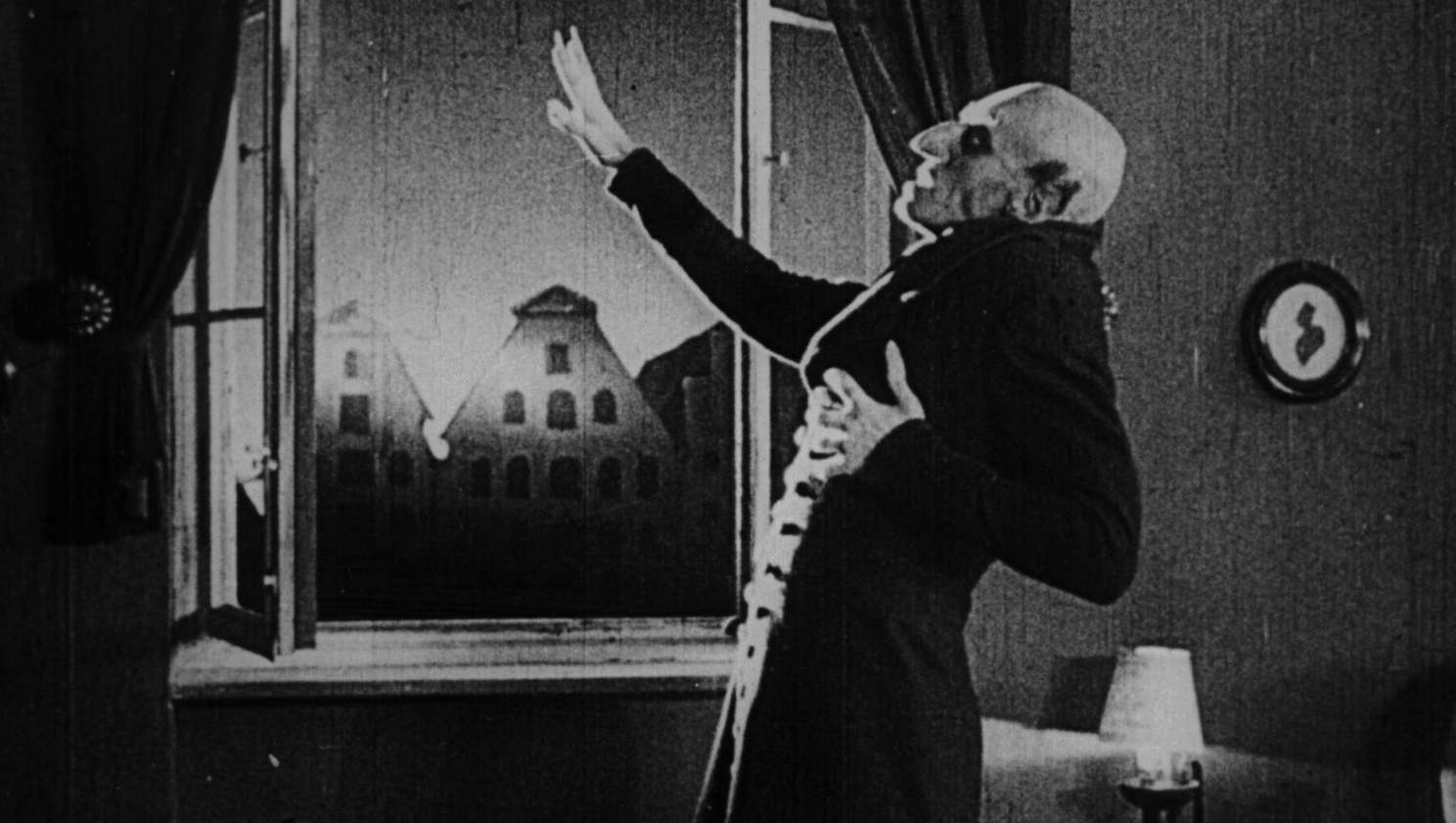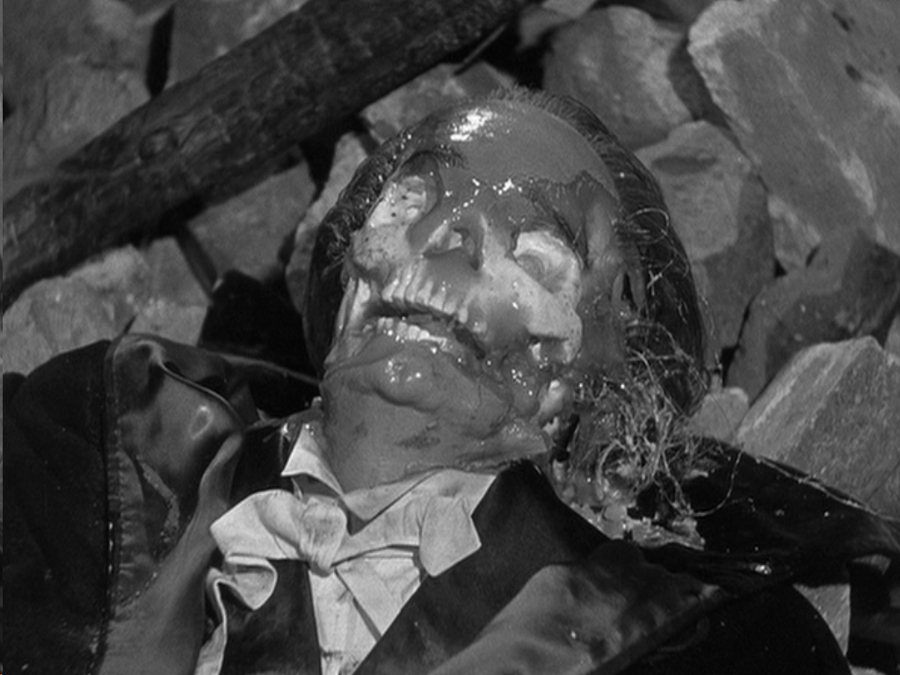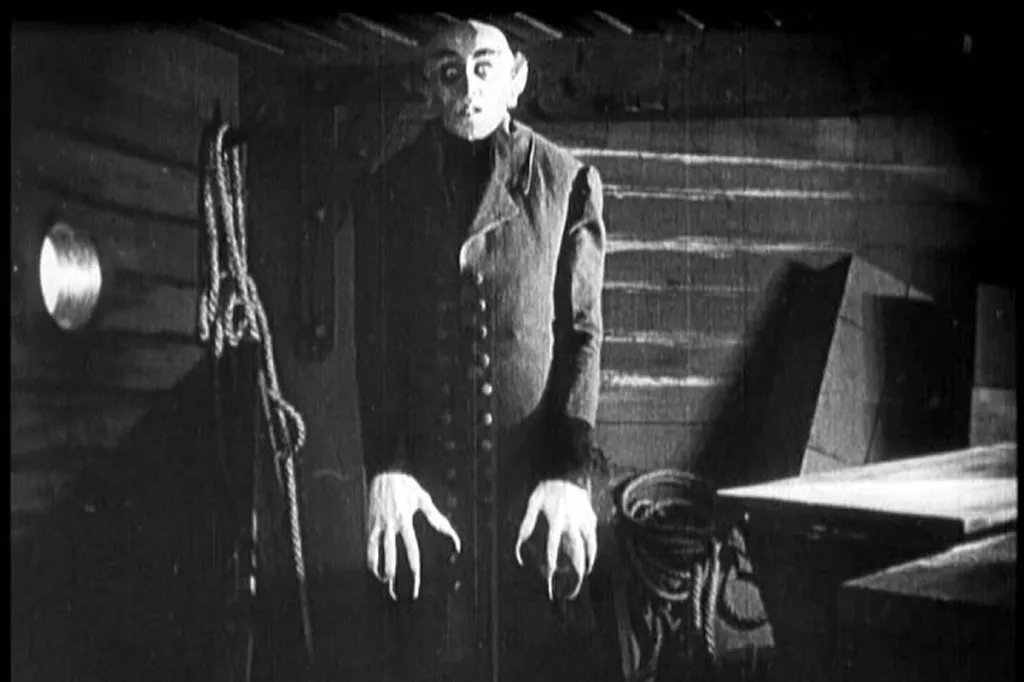Burning Myths: How Vampires Became Allergic to the Sun

Today, the image of a vampire disintegrating in the sunlight is iconic—an immortal creature fleeing the dawn, skin sizzling beneath golden rays. But this now-standard trait of vampiric lore wasn’t always part of the myth. In fact, the association between vampires and sunlight is a relatively modern invention, shaped more by literature, film, and symbolism than ancient belief. So how did these blood-drinking figures of fear become nocturnal creatures who burst into flames at dawn?
This long brief explores the origins of the vampire myth, its evolution through history, and how sunlight became their greatest enemy.
Ancient and Medieval Roots: Vampires in Broad Daylight
The concept of undead blood-suckers exists across many ancient cultures, often without any sunlight aversion:
- Ancient Greece & Rome: Creatures like the lamia and striges were said to drink blood or prey on the young. There’s little mention of a vulnerability to sunlight.
- India: The vetala, a spirit that inhabited corpses, was more of a trickster or demon than a true vampire—but again, daylight played no role in their destruction.
- Slavic Folklore (14th–18th century): The classic “vampir” was often a bloated, ruddy corpse that roamed at night but could appear in daylight as well. In many Eastern European traditions, vampires might function during the day, though they preferred the night. Their vulnerability lay more in stakes, fire, or decapitation than in the sun.
In most early vampire legends, sunlight wasn’t fatal—just inconvenient. The association of night with vampires had more to do with the timing of attacks or burials rather than any mystical aversion to daylight.
The Gothic Transformation: From Corpse to Charismatic Noble
The 19th century saw a pivotal shift in vampire imagery. The vampire evolved from grotesque rural undead to alluring aristocratic predator, thanks to literature:
- “The Vampyre” (1819) by John Polidori introduced the idea of the suave, upper-class vampire—Lord Ruthven.
- Bram Stoker’s “Dracula” (1897) solidified the archetype. Count Dracula was active mostly at night, but Stoker never said sunlight would kill him. It merely weakened his powers—a crucial detail often forgotten in modern portrayals.
Thus, in classic Gothic fiction, vampires preferred the cover of night but were not destroyed by the sun.

The Cinematic Sunburn: Hollywood’s Role
The fatal link between vampires and sunlight didn’t solidify until the 20th century, especially through film:
- “Nosferatu” (1922): This unauthorized adaptation of Dracula was the first to depict a vampire dying from sunlight. Count Orlok withers and vanishes when exposed to morning light. This cinematic device was invented to create a visual and dramatic climax. Interestingly, Nosferatu’s sunlight death was not based on folklore—it was a narrative invention for visual impact.
- “Horror of Dracula” (1958) and subsequent Hammer Films further cemented this trope, with Dracula often meeting his end at sunrise.
- “Interview with the Vampire” (1994) and “Buffy the Vampire Slayer” (TV, 1997–2003) popularized the “burst into flames” effect.
By the late 20th century, death-by-sunlight had become a defining feature of the vampire myth in pop culture.
Symbolism: Sunlight as Purity and Truth
The association of vampires with sunlight isn’t just cinematic—it’s also symbolic.
- The sun represents life, truth, and purity—all things antithetical to the undead, secretive, and morally ambiguous vampire.
- As vampires evolved into metaphors for repressed desire, disease, or immorality, sunlight became a natural symbolic force to cleanse or reveal their true nature.
This duality—light vs. dark, good vs. evil—was too powerful for storytellers to resist.
Modern Variations and Reinterpretations
Contemporary fiction has played with or subverted the sun-allergy trope:
- “Twilight” (2005): Vampires sparkle in sunlight, making them hide out of shame, not harm.
- “The Vampire Diaries” and “True Blood”: Vampires use magical rings or synthetic blood to survive in daylight.
- “Blade” (1998): The vampire hunter is a “Daywalker”—a half-vampire immune to the sun.
These creative liberties show how the sunlight vulnerability is now a tool for world-building, not a fixed rule.
Conclusion: A Burning Legacy
The idea that vampires die in sunlight is not ancient truth, but a modern myth forged by filmmakers and storytellers seeking visual drama and moral contrast. Early vampires had no such weakness. It was only in the 20th century—especially with Nosferatu—that the sun became their ultimate nemesis.
Today, this trope continues to evolve. Whether they explode, sparkle, or walk freely under the sun, vampires reflect the anxieties, desires, and creativity of every age. And while their relationship with sunlight may not be rooted in ancient lore, it now defines one of the most enduring—and dramatic—traits in the vampire mythos.





